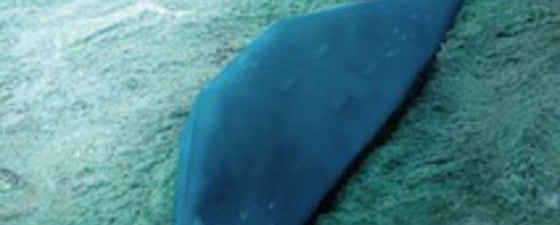A flight over Utah in south-western USA depicts a picturesque landscape of red sandstone country to the south, the deserts of the Great Basin to the west, and lofty mountains fringing the Colorado Plateau (see GEO Tourism Article) to the east and north-east. One spot will particularly draw the observer’s attention: A relatively large settlement on the bank of a great lake and surrounded by mountain ranges on almost all sides. That spot is the Salt Lake Valley, where the capital of the state of Utah is located. The Valley is part of the Basin-and-Range in south-west USA, formed by tectonic extension in Neogene times.
Snow and Sun

SLC is generally characterized by a semi-arid climate. Situated at latitude 40° North and at an altitude of nearly 1,300m, the city, however, enjoys snowy winters from mid-November to the end of April. The Valley is surrounded by the Wasatch Range on the east where a dozen ski resorts attract thousands of tourists and skiers every year. In February 2002, the XIX Winter Olympic Games were held in SLC which boosted the city’s development and fame. What particularly makes SLC the “greatest snow on earth” (as the local advertisement goes) is the precipitation from the cold Pacific storms aided by the Great Salt Lake (lake-effect snow or picking up and freezing water vapor) on the west and the mountain barrier on the east of the city.
A pleasant summer climate and the city’s key location to travel to Utah’s world-famous national parks or to the other states in south-west USA also makes Salt Lake City an attractive destination for tourists from the around the world.
Remnant of Ancient Lake
The Great Salt Lake, on the western side of the city, is a remnant of the much larger Pleistocene-age Lake Bonneville. The ancient shorelines of this lake are hiking trails along the Wasatch Front, and SLC itself sits on the lake deposits. Three rivers carrying high concentrations of minerals flow into the lake, but it has no outlet, so evaporation results in high salinity in which few organisms can thrive, although the lake provides habitat for a variety of birds. Sunsets on the Great Salt Lake and the night view of the city from high ground on the Wasatch Front offer very scenic displays of the city.
In the Oquirrh Mountains bordering Salt Lake City on the west is found the Kennecott (or Bingham Canyon) Copper Mine, the world’s deepest open-pit mine, which began its operation in 1906 and has greatly contributed to the commercial development of Utah over the century.
SLC has an international airport; it is also accessible by three cross-country freeways (the Interstates 15, 80 and 215) and by the national railway Amtrak. It is convenient to drive and find your way around in SLC as the city has been developed on a grid plan. The streets are numbered north or south (with respect to Main Street), and east or west (with respect to South Temple Street). Capitol Hill, high ground to the north of the city, overlooks downtown and houses the building of the Utah state government constructed in the 1910s.
SLC is home to University of Utah, which has one of the largest medical schools in the USA, the state’s largest theaters and mass media (newspapers, television channels and radio stations), sports teams, a large convention hall and public library, green parks, a variety of restaurants, attractive shopping complexes including the Gateway, Trolley Square and City Creek Center (inaugurated this year), and a host of commercial enterprises and banks. A very recent addition to the city’s sightseeing spots is the Natural History Museum of Utah located close to the Red Butte Garden; both these places belong to the University of Utah and lie in the shadow of red Jurassic sandstone hills. Indeed, this part of the Wasatch Mountains expose rocks which are major oil reservoirs in the subsurface of Utah and Wyoming.
Although a mid-sized city, Salt Lake City has a lot to offer in terms of landscape and outdoor recreations as well as cultural history and urban development.





